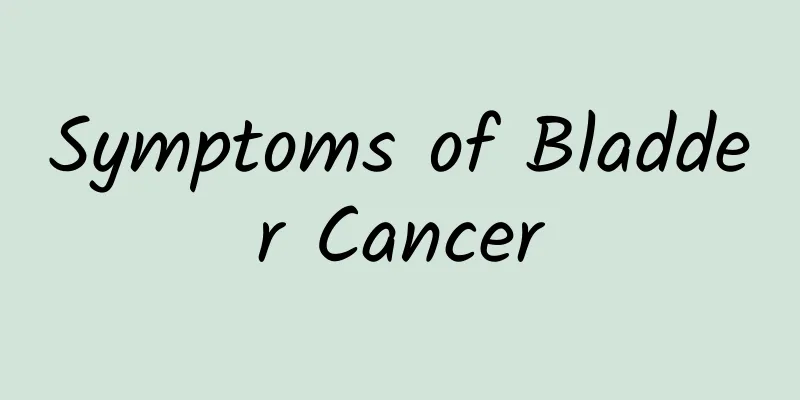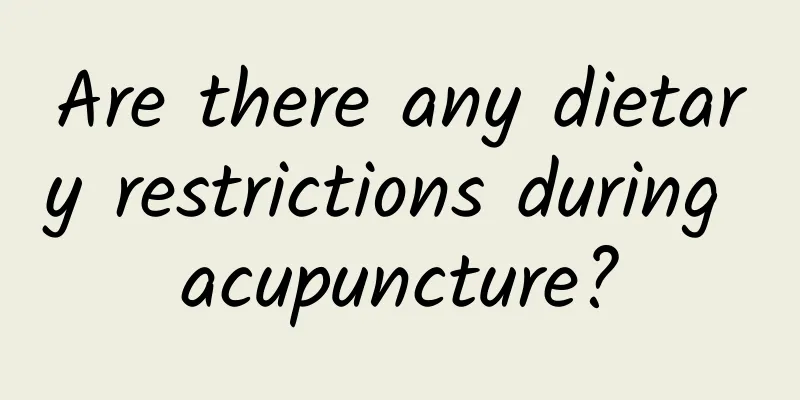What are the symptoms of post-polio syndrome?

|
Polio is a very serious disease. Once it occurs, it can cause serious harm to children. So whenever polio is mentioned, parents are very worried, fearing that their children will develop this disease. So what are the symptoms of polio? Common symptoms of post-polio syndrome: 1. The symptoms of polio sequelae also manifest in the feet, and various deformities of the feet may occur. For example, the heels or toes cannot touch the ground when walking, or the feet may be inverted and walk on the outside of the instep. 2. Limb muscle atrophy and weakness, limb deformity, difficulty in upper and lower limb movement, joint instability, unequal length of bilateral limbs, etc. 3. Hip joint contracture, flexion, relaxation and instability, or even hip dislocation. Knee flexion deformity and calf bending inward or outward are all symptoms of paralysis sequelae. 4. In addition, deformities may also occur in other parts of the body, such as deformities of the upper limbs, curvature of the spine, tilt of the pelvis, etc. How to treat post-polio syndrome: 1. Massage therapy: Roll back and forth on the paralyzed limb for 8 to 10 minutes, massage and relax the joints for 3 to 5 minutes, rub the relevant spine and limbs 5 to 6 times, and rub warm locally. Do this once a day or every other day. You can teach your family members to do it at home. 2. Physical therapy: The treatment methods for polio sequelae include hydrotherapy, electrotherapy, wax therapy, phototherapy, etc. to relax the diseased muscles, enhance local blood flow and absorption of inflammation. 3. Functional exercise: For paralyzed limbs that cannot move, massage and acupressure can be performed first to promote blood circulation in the affected limbs, improve muscle nutrition and nerve regulation, and enhance muscle strength. For those whose affected limbs can make slight movements but have very poor muscle strength, they can be assisted to make passive movements such as extension, flexion, abduction and adduction. When the limbs can move but the muscle strength is still poor, the treatment of polio sequelae should pay attention to encouraging the patient to make automatic movements, perform physical therapy, and use physical therapy tools to exercise muscle strength and correct deformities. 4. Stem cell transplantation: Stem cell transplantation is used to treat post-polio syndrome. It uses post-differentiated neurons to supplement missing neurons, promote the differentiation and function of neural stem cells in the nervous tissue, restore the normal growth and development of nerves, and improve the function of damaged nerve cells. It provides more opportunities for further recovery of patients with post-polio syndrome and has become the most effective treatment method today. |
<<: What is a large-area cerebral infarction? How to distinguish it from cerebral hemorrhage?
>>: Can eel blood cure facial paralysis? Listen to what Chinese medicine says
Recommend
What to do if you get chickenpox
Chickenpox is not only a symptom that occurs in c...
What is the function of hot salt compress?
As for hot compress, I believe most of us have us...
What is the most effective medicine for cough?
In daily life, we often encounter symptoms of thr...
What causes rib valgus
Rib valgus is actually a disease. Patients often ...
What does slippery pulse mean?
Slippery pulse is a type of pulse condition and a...
Is moxibustion good for health?
The health-preserving function of traditional Chi...
What does routine blood and urine test check?
Routine blood and urine tests are indeed a way to...
What to do if your hands are dark? Here are some tips for whitening your hands
It is said that hands are a person’s second face....
What to do if your fingers are burned and blistered
In daily life, it is easy to get scalded by accid...
What to do if you have trouble sleeping at night for a long time
If you don't sleep well at night for a long t...
How to deal with closed comedones
Closed comedones are also called closed comedones...
How to treat migraine
Headache may seem like a minor ailment, but it ac...
What to eat to grow endometrium
For women, pregnancy will be smoother only if the...
Complete list of kidney-tonifying soup recipes, these three are the most effective
In life, many people choose to drink some health-...
What is the reason for the dull pain in the left testicle?
The testicles in the male reproductive organs are...









